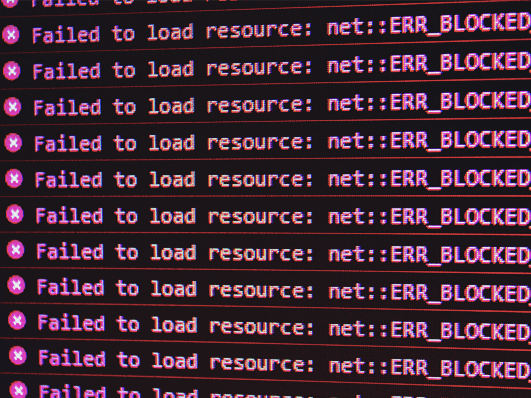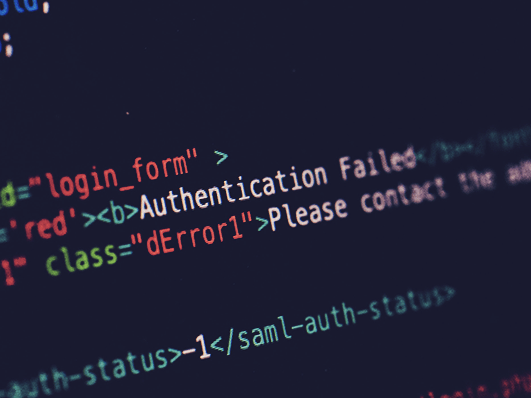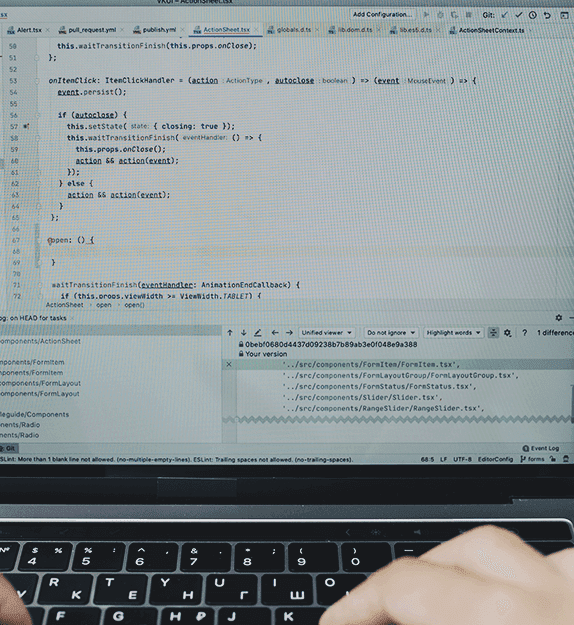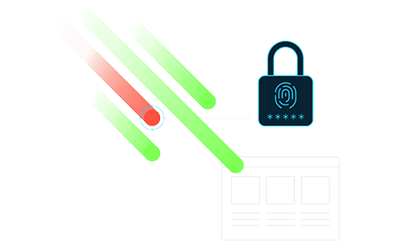Discover how Myra combines digital sovereignty and cyber resilience.
Home>
OWASP Top 10
At one
look
look
- 01. A definition of the OWASP Top 10
- 02. What security risks are included in the OWASP Top 10 (2021)?
- 02.1 A01:2021 – Broken Access Control
- 02.2 A02:2021 – Cryptographic Failures
- 02.3 A03:2021 – Injection
- 02.4 A04:2021 – Insecure Design
- 02.5 A05:2021 – Security Misconfiguration
- 02.6 A06:2021 – Vulnerable and Outdated Components
- 02.7 A07:2021 – Identification and Authentication Failures
- 02.8 A08:2021 – Software and Data Integrity Failures
- 02.9 A09:2021 – Security Logging and Monitoring Failures
- 02.10 A10:2021 – Server-Side Request Forgery (SSRF)
- 03. Who uses the OWASP Top 10?
- 04. What you need to know about the OWASP Top 10
A01:2021 – Broken Access Control
Access controls can be used in web development to ensure that users cannot act outside their intended permissions. Failures in access control can lead to unauthorized disclosure of sensitive information or even to damaging manipulation of accessible data.
A02:2021 – Cryptographic Failures
The category “Cryptographic Failures” (“Sensitive Data Exposure” in previous versions of the OWASP Top 10) refers to vulnerabilities in the encryption of data and data transfers as well as the failure to use adequate encryption methods per se. A high level of cryptographic protection is required, in particular for passwords, credit card numbers, health records, personal information, and business secrets – mainly if the information is protected by regulations, such as the GDPR or the PCI DSS.
A03:2021 – Injection
Attackers use injection attacks to sneak their malicious code into other people’s systems and execute it. This means that all the data contained on the affected system and connected networks and services are potentially at risk. The most common injection attacks include SQL injections and cross-site scripting (XSS). In the 2017 version of the OWASP Top 10, injection attacks were still listed as the number one threat to web applications.
A05:2021 – Security Misconfiguration
“Security Misconfiguration” was still listed at number 6 in the previous version of the OWASP Top 10. The category includes errors in the configuration of security measures such as missing or insufficient system hardening, improperly configured permissions on cloud services, the use of default passwords, or even ports being enabled unnecessarily.
A08:2021 – Software and Data Integrity Failures
The new category includes vulnerabilities in software updates, critical data, and CI/CD pipelines without verifying integrity. For example, significant risks result when applications rely on plugins, libraries, or modules from untrusted sources, repositories, and content delivery networks (CDNs). An insecure CI/CD pipeline can serve as a gateway for cybercriminals to inject malicious code and compromise systems. Automatic updates of individual components without sufficient integrity verification jeopardize the security of the entire application, as malicious code could be introduced via software supply chains.
A09:2021 – Security Logging and Monitoring Failures
Previously called “Insufficient Logging and Monitoring,” this category now includes additional risks. Overall, logging and monitoring are used to detect, escalate, and respond to active security breaches. Problems arise here when, for example, errors generate no or only inadequate log messages, when logs are only backed up locally, or when alerting thresholds and escalation processes are ineffectively defined.
A10:2021 – Server-Side Request Forgery (SSRF)
Server-side request forgery (SSRF) is when a web application fetches a remote resource without validating the user-supplied URL. This creates a risk that cybercriminals will abuse the affected application to send specially crafted requests to unexpected destinations. This can allow attackers to gain access to sensitive information or even execute remote code. The server itself and the connected network, as well as external third parties, are all vulnerable to SSRF.
Want to learn more about our solutions, use cases and best practices for attack defense? In our download area you will find product sheets, fact sheets, white papers and case studies.
About the author
Stefan Bordel
Senior Editor
About the author
Stefan Bordel has been working as an editor and technical writer at Myra Security since 2020. In this role, he is responsible for creating and maintaining website content, reports, whitepapers, social media content and documentation. This role allows him to bring his extensive experience in IT journalism and technical knowledge to an innovative cyber security company. Stefan previously worked at Ebner Verlag (formerly Neue Mediengesellschaft Ulm) for 7 years and joined the online editorial team at com! professional after working for Telecom Handel. He gained his first journalistic experience during various internships, including at the IT website Chip Online. As a passionate Linux user, he follows the IT scene closely, both privately and professionally.









